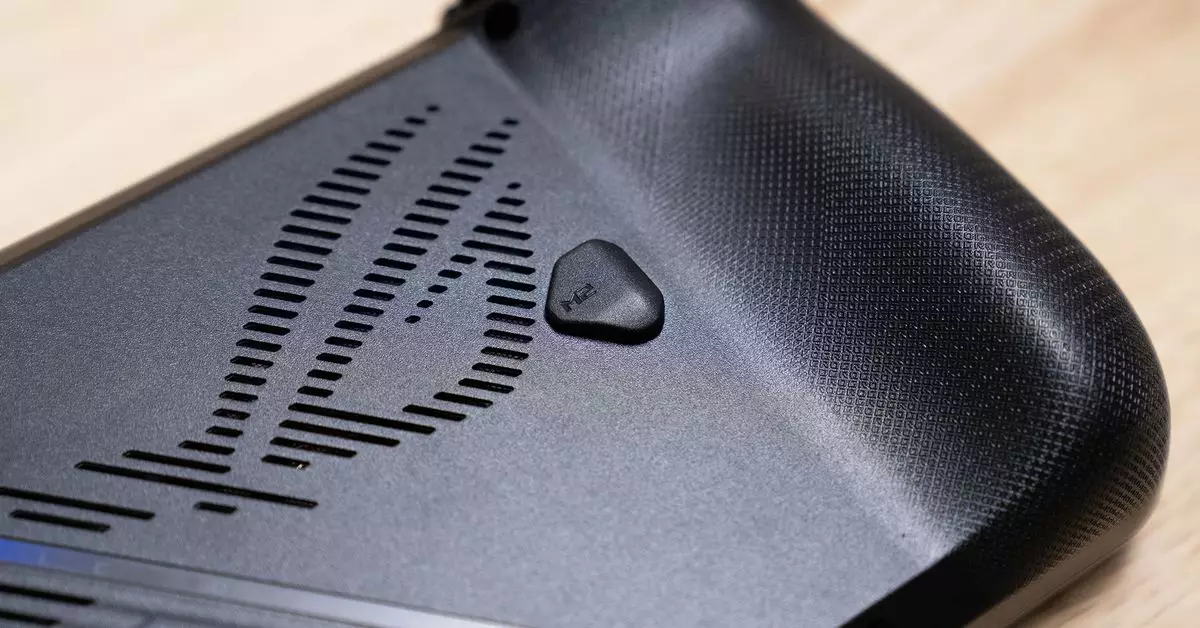Valve’s ambitious goal of creating a new era of gaming with its Linux-based SteamOS and Steam Machines has taken on a new form with the development of the Steam Deck gaming handheld. This evolution has opened up the possibility for other companies to utilize SteamOS as well, including competitors like the Asus ROG Ally gaming handheld. Lawrence Yang, a Valve designer, has confirmed that Valve intends to support third-party devices like the ROG Ally, as evidenced by the recent addition of support for extra ROG Ally keys in the latest SteamOS release notes.
The mention of additional support for handheld devices in the SteamOS release notes indicates Valve’s ongoing efforts to extend its platform beyond the confines of its own hardware ecosystem. While this development may not lead to official partnerships with companies like Asus for pre-installed SteamOS, it does hint at a future where users have more flexibility in choosing their gaming devices and operating systems.
Despite Valve’s commitment to expanding device support, challenges remain in fully realizing the vision of turning Windows handhelds into Steam Machines. Asus’s preference for shipping devices with Windows instead of SteamOS highlights the complexities involved in cross-platform compatibility and validation. Valve’s gradual progress towards a general release of SteamOS 3 for non-handheld PCs underscores the ongoing work required to make the platform more accessible to a wider range of devices.
Valve’s promise to enable dual-boot functionality on Steam Decks, allowing users to switch between SteamOS and Windows seamlessly, represents another frontier in the company’s efforts to bridge the gap between different gaming ecosystems. While the availability of Windows drivers for Steam Deck OLED displays signals progress towards this goal, the timing for dual-boot support remains uncertain. The prioritization of this feature demonstrates Valve’s commitment to providing users with greater choice and flexibility in their gaming experiences.
Valve’s initiative to extend the reach of its Linux-based platform to rival handhelds like the Asus ROG Ally reflects a broader trend in the gaming industry towards cross-platform compatibility and interoperability. Companies like Universal Blue have also embraced this shift by incorporating support for devices like the ROG Ally X into their operating systems, signaling a shift towards a more inclusive and interconnected gaming ecosystem.
Valve’s expansion beyond the Steam Deck to incorporate support for third-party devices represents a significant step towards creating a more open and versatile gaming environment. The company’s ongoing efforts to enable dual-boot capabilities and extend the reach of SteamOS to a wider range of devices demonstrate a commitment to empowering users with more choice and flexibility in their gaming setups. As the gaming landscape continues to evolve, Valve’s innovative approach to cross-platform gaming is poised to shape the future of gaming for years to come.


Leave a Reply